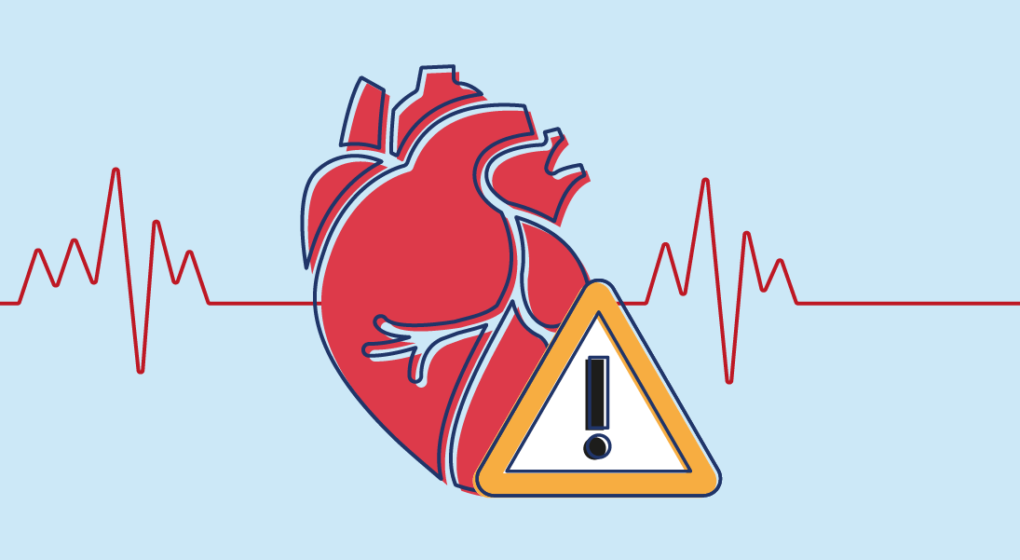The growing digitalization of medical information and the dependence on networked technologies have made cybersecurity a major worry in the healthcare sector. Healthcare companies confront cybersecurity issues as they use new technology to enhance patient care and optimize operations. In this post, we’ll examine four major cybersecurity issues that the healthcare industry is now facing and talk about potential solutions.
Data Breaches and Patient Privacy
A major cybersecurity concern in the healthcare industry is the potential for data breaches and patient privacy to be compromised. Cybercriminals find medical records to be profitable targets because they contain sensitive information such as personal identifiers, medical histories, and billing details. A data leak damages patients’ faith in healthcare providers in addition to putting them at risk of fraud and identity theft. Maintaining patient privacy requires adherence to laws like the Health Insurance Portability and Accountability Act (HIPAA). To protect sensitive data, healthcare institutions need to put strong encryption mechanisms, access limits, and frequent security audits into place. Maintaining patient confidence and adhering to legal obligations depend heavily on data integrity and confidentiality.
Ransomware Attacks
Attacks using ransomware are a serious risk to healthcare institutions because they can stop vital services and compromise patient care. Until the ransom is paid, these malicious software applications encrypt data and prevent it from being released, severely impairing hospital operations. Because they rely on electronic health records, also called EHRs, and linked networks, healthcare institutions are often the targets of ransomware attacks. Healthcare companies should make investments in reliable backup and recovery systems, cybersecurity best practices training for staff members, and network partitioning to stop ransomware outbreaks from spreading to minimize this risk. A proactive approach is necessary to reduce the effect of attacks involving ransomware and maintain patient care, such as routine cybersecurity audits and incident response preparation. Incorporating cybersecurity measures specific to the healthcare industry, such as those tailored to address the unique challenges faced by healthcare providers in Cincinnati, is essential for enhancing resilience for cybersecurity against ransomware attacks and protecting patient data.
Medical Device Vulnerabilities
Infusion pumps, implanted pacemakers, and imaging systems are just a few examples of the numerous network-connected medical equipment that have expanded the cybersecurity risks in healthcare settings. These gadgets are vulnerable to cyberattacks as they frequently use out-of-date software with known flaws. In addition to endangering patient safety, compromised medical equipment provides a gateway for fraudsters to enter hospital networks. To reduce the hazards associated with susceptible medical equipment, healthcare providers need to employ stringent device tracking, patch management protocols, and network segmentation. Maintaining the security of medical supplies throughout their lifespan and staying ahead of emerging threats require working in tandem with device makers and making use of threat intelligence. Incorporating cybersecurity solutions tailored to the specific needs of healthcare organizations in Cincinnati is essential to mitigate risks associated with vulnerable medical devices and protect patient data from unauthorized access or exploitation.
Insider Threats and Human Error
Healthcare data breaches are still mostly caused by human mistakes, even with advances in cybersecurity in Cincinnati. Insider threats are a danger to the security of patient data, regardless of their motivation. Workers may carelessly handle sensitive data, fall for phishing schemes, or use weak passwords, thereby exposing healthcare companies to security lapses. In-depth cybersecurity awareness and training programs are necessary to teach healthcare personnel the value of data protection and the best ways to reduce cyber hazards. Furthermore, detecting and preventing insider threats may be aided by putting strong access restrictions in place, keeping an eye on user behavior, and doing routine security assessments. To mitigate internal threats and guarantee the secrecy and reliability of patient data, it is imperative to establish a culture of security, knowledge, and accountability.
Conclusion
In summary, the healthcare sector has a variety of cybersecurity issues that need thoughtful, comprehensive solutions. Healthcare firms may improve their cybersecurity posture and protect patient data by treating data breaches and patient privacy issues, thwarting ransomware attacks, protecting medical equipment, and reducing insider risks. To create comprehensive cybersecurity policies that safeguard patient privacy and guarantee the integrity of healthcare facilities, cooperation between technology suppliers, regulatory agencies, and healthcare providers is crucial. The healthcare sector can safeguard patient privacy and security while innovating and providing high-quality treatment by giving cybersecurity efforts top priority.



